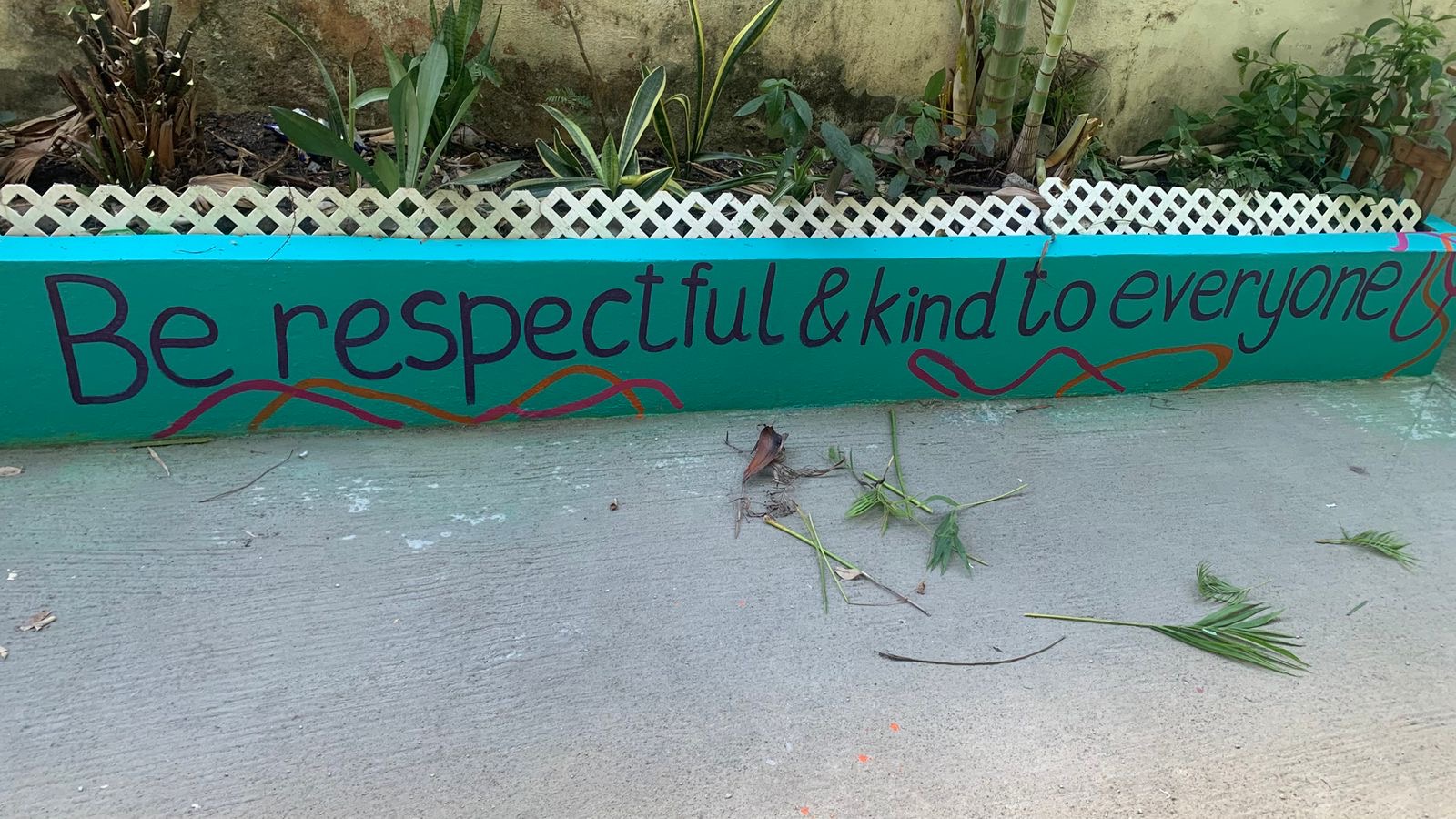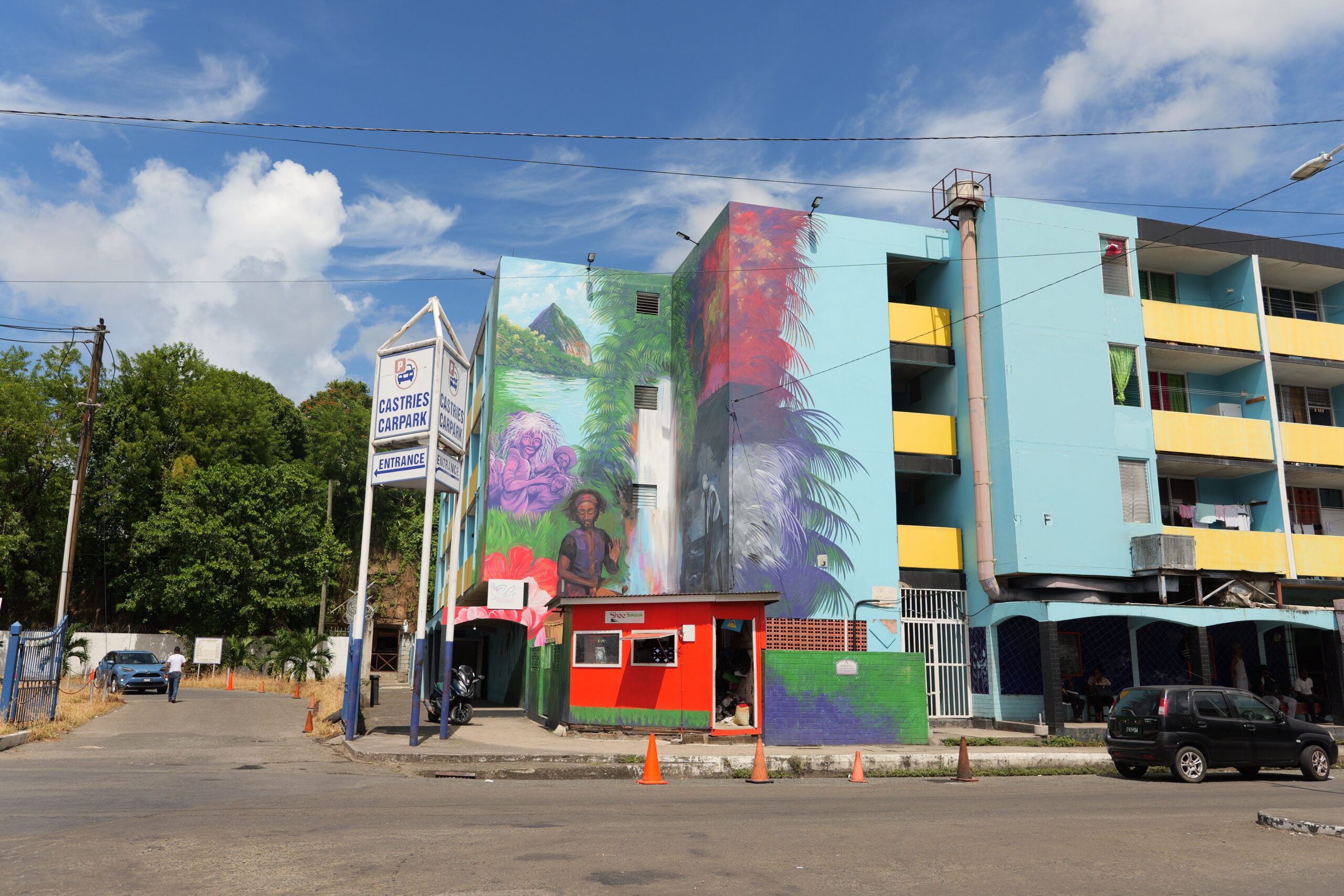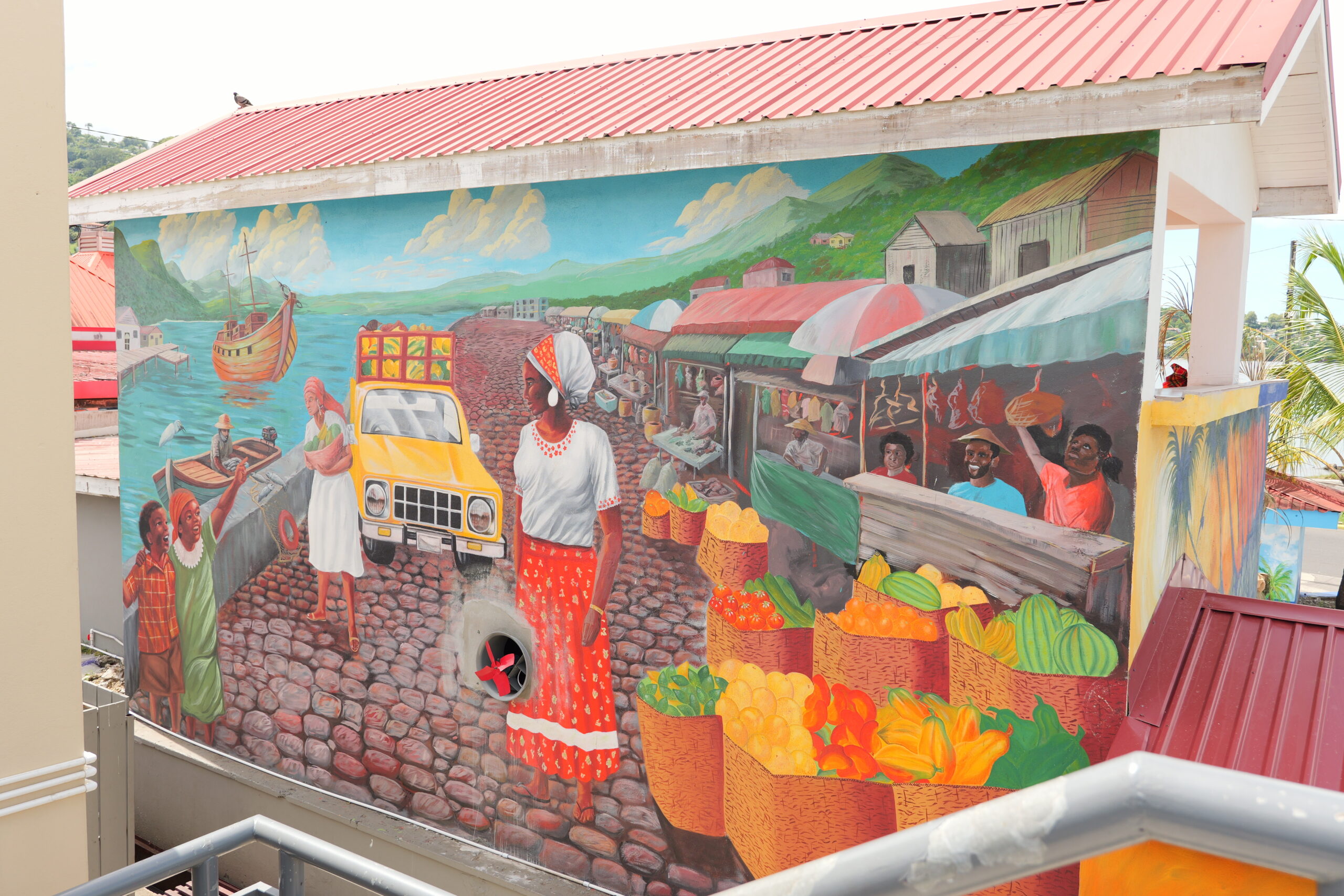Saint Lucia has been taking on a lot more colour as murals pop up across communities. In other parts of the country, walls once plain and grey now tell their own stories. But what’s driving this artistic shift, and who are the people behind the paint?
Two years ago, during the unveiling of the Emancipation murals on the CDC buildings, an initiative spearheaded and championed by the Cultural Development Foundation, Tourism Minister Dr Ernest Hilaire explained that the integration of art into public spaces had been part of the government’s vision from early on.

“When I became minister and received my instructions from the Prime Minister, he reminded me that from the time we were preparing our manifesto, we had to emphasise expressions like this,” Hilaire said. “It means a lot to us — allowing Saint Lucians to express their Saint Lucian-ness.”
But vision often requires funding. “Of course, my response to him was, ‘Where’s the money?’” Hilaire recalled with a laugh. “We didn’t have a serious allocation for it. And he said, ‘Go ahead and get it done. If you need more money, I’ll find it.’”
Two years later, the CDC buildings were draped in vivid blue, featuring a striking image of Petronille Dwine — a nod to Emancipation and national pride.

For the artists, public murals offer exposure and meaning, even if not always financial stability.
Alwyn St Omer, one of the artists behind the CDC Emancipation mural, said he had envisioned something similar nearly a decade earlier but couldn’t get it off the ground. For his collaborator, Naja Simeon, the piece remains a career favourite — both for its historical weight and the way it transforms the entrance into Castries from the north, flanking Jallim Eudovic’s sculpture All In.
Simeon said murals have been transformative for his career, but their public nature means he doesn’t profit from their continued visibility.
“I’ve seen music videos and ads with my murals in them — no reference, no tag, nothing. But that’s how public art is,” he said. “So, I monetise through the digital side — using my artwork for brands like Piton, Bounty Rum, and Hotel Chocolat. I also sell prints and merchandise — beach towels, mugs, towels — using my designs. The sketches and digital work are mine, so that’s how I keep ownership.”

Artist Tia Christopher joined Simeon on the Emancipation mural after asking if she could lend a hand. She painted the drum and part of the fig leaf motifs, and has since worked on several other projects. But breaking into mural work hasn’t been easy.
“I have mixed feelings,” she said. “Public murals can make an incredible difference for some artists’ careers, but sometimes at the cost of others. It’s hard for a young artist to break through without grit, the willingness to fail, and to try again. For me, it’s built me mentally, even if not financially. Still, when people stop me years later to say, ‘Wow, it still looks good,’ it’s worth it.”
One of her most meaningful works was her first mural in 2019 — a project for which she was sought after by her alma mater, Ave Maria Girls’ Primary School. “That school shaped me,” she said. “So being able to give back in that way meant everything.”
But as a woman working in public spaces, Christopher faces challenges beyond the artistic. “I get catcalled a lot,” she said. “You build mental toughness, but it gets annoying. Once, a vagrant even exposed himself.”

She also hopes for safer, more structured training for muralists. “I didn’t receive much formal instruction, but experience taught me a lot. I’ve learned that infrastructure and safety matter. Once, my foot slipped, and I nearly fell ten feet — I just managed to catch myself.”
Moving forward, she wants to see more diversity in the art represented and more opportunities for young, hidden talent from communities to paint their country’s story.
Despite the challenges, there’s consensus among artists and officials alike: art can lighten up a space.
“A little bit of paint can really revitalise a place,” Simeon said. “It shows your culture, it tells stories, and most importantly, it makes people think.”
Since beginning mural work while studying at the University of Louisiana in 2010, Simeon has painted more than a hundred murals in Saint Lucia — many for free. Unable to access local galleries early on, he created his own “public gallery,” turning community walls into open-air exhibitions. “Now, I still like revitalising abandoned spaces — sometimes even painting inside old structures so that explorers stumble upon them,” he said.
During the unveiling of the Emancipation murals, Castries Central MP Richard Frederick described the project as part of a larger effort to beautify the city. “This exercise falls squarely within the intentions of this government… the beautification of our city,” he said. “I’m calling on businesses and corporate partners to rally with us. Sponsor a wall or even a whole building if you can.”
One long-time CDC resident agreed that the murals have brightened the space. “From my perspective, it really revitalised the area and made it look nice,” she said. “But it takes more than just painting murals to revitalise the city. I love that it depicts our culture, but it should be part of a bigger effort to make Castries truly special.”




